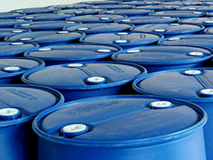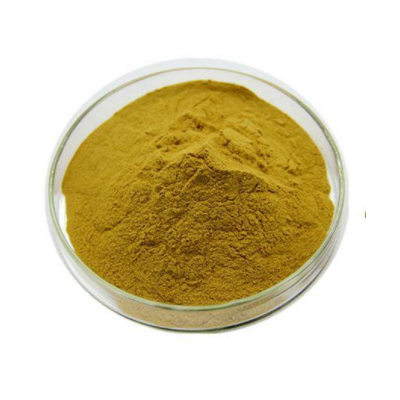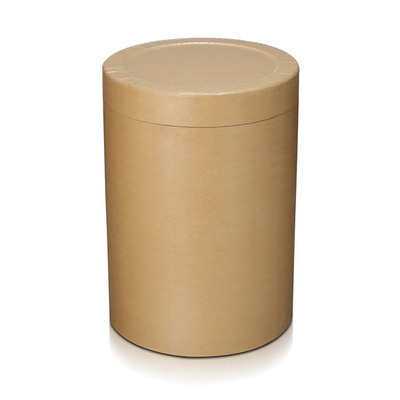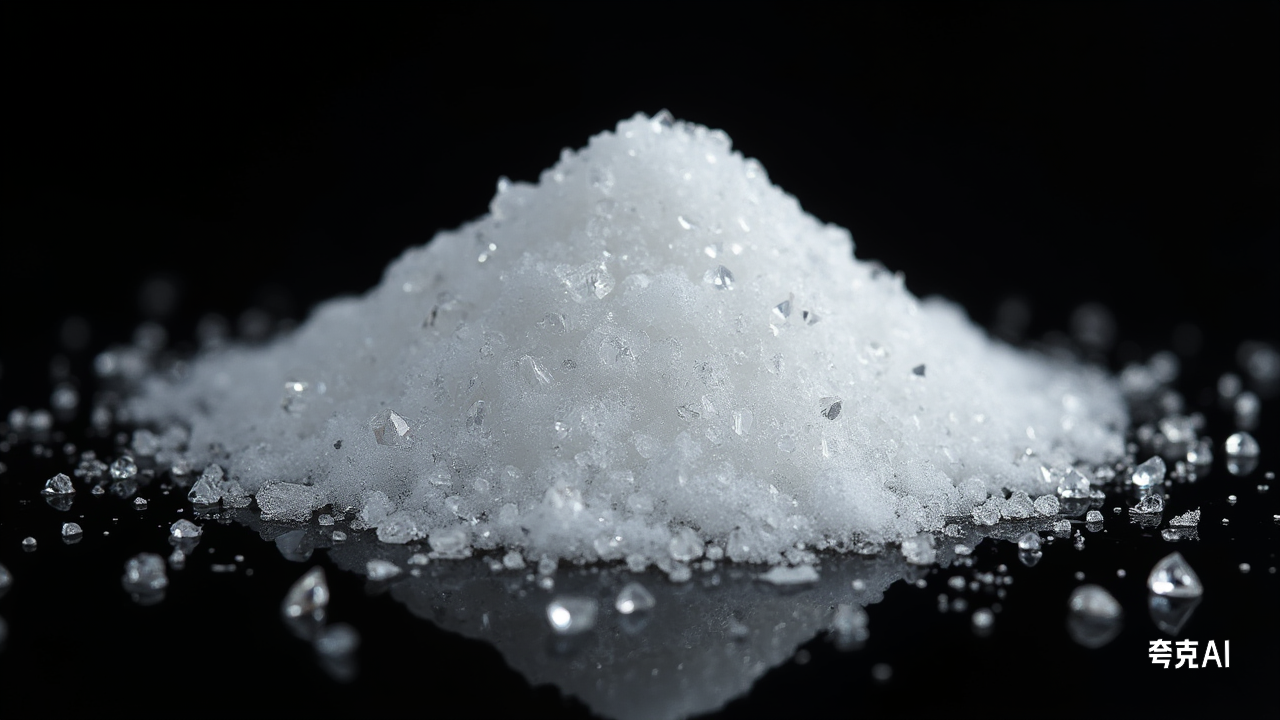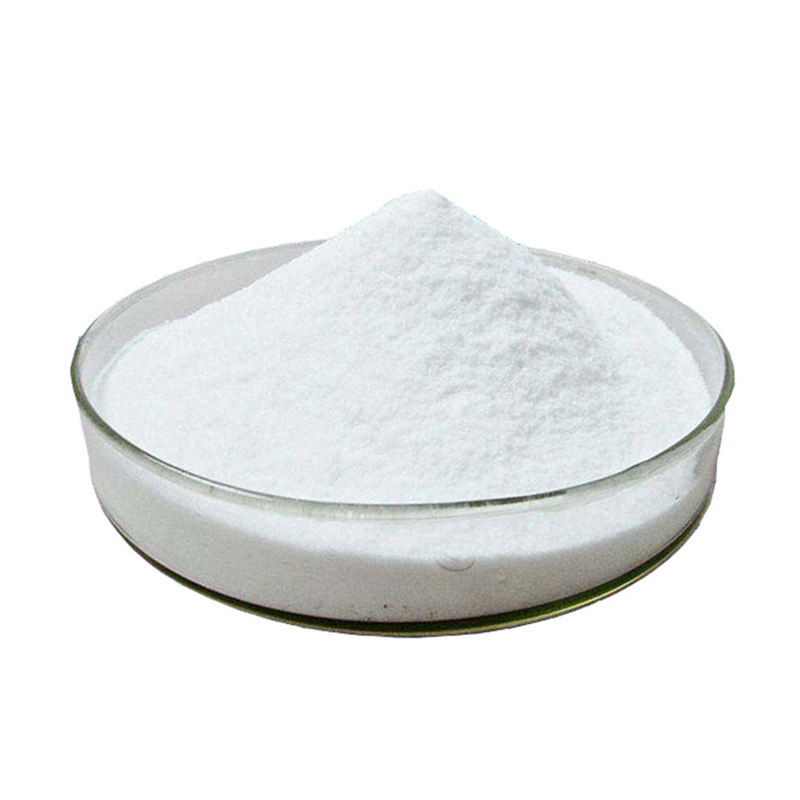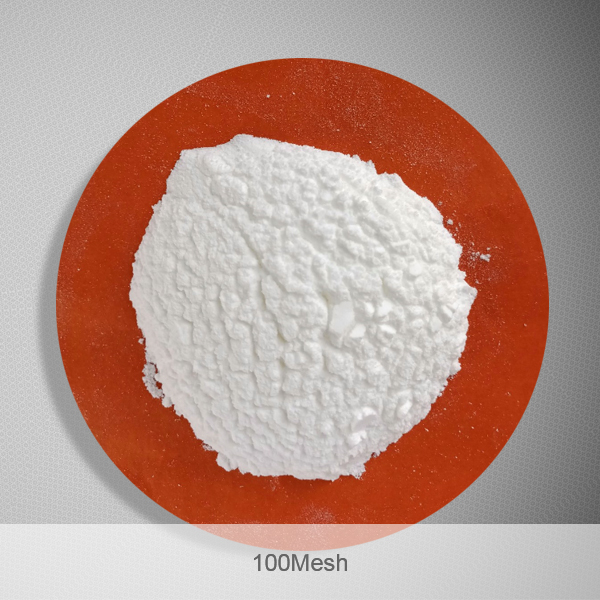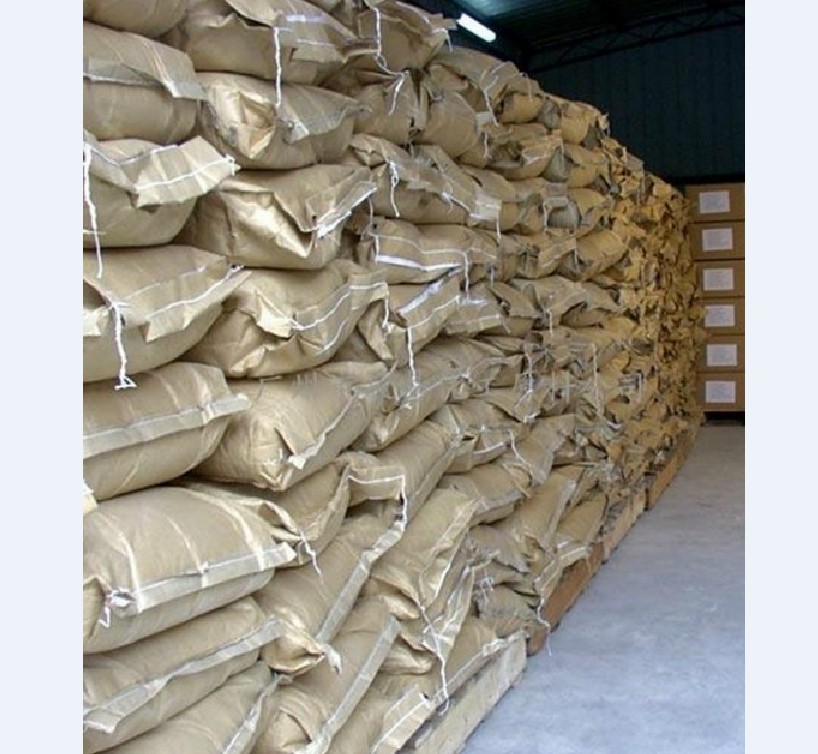Pharmaceutical Raw Materials
Veterinary API
Antiallergic Drugs
Hormones and Endocrine Drugs
Drug Metabolism
Pharmaceutical Intermediates
Synthetic Anti Infective Drugs
Specialty Drugs
Vitamins and Minerals Medicines
Feed Drug Additive
Antineoplastic Agents
Nervous System Drugs
Respiratory Drugs
Diagnostic Agents
Anti Stress Drugs
Antipyretic Analgesics
Antiparasitic Drugs
Circulatory System Drugs
Biochemicals
Blood System Drugs
Immune System Medication
Pharmaceutical Excipients
Fluid, Electrolyte, and Acid-Base Balance
Urinary System Drugs
Antibiotics
Anesthetic Agents
Inhibitors
Other Chemical Drugs
Digestive System Drugs
CAS:7281-04-1
Molecular Formula:C21H38BrN
Alias
More Information
Benzalkonium Bromide; Benzododecinium Bromide; Sterinol
Brief Introduction
Benzalkonium bromide, also known as benzalkonium bromide and Bromogeramine, is a kind of quaternary ammonium salt cationic surface active broad-spectrum bactericide. It has the characteristics of strong and rapid bactericidal effect, low toxicity, no irritation to skin and tissue, strong penetration, no corrosive effect on metal and rubber products, etc.
Suppliers
View More Vendors (2) >
CAS:75345-27-6
Molecular Formula:C33H70N5O6X2.5Cl
Alias
More Information
Dimethyl-Bis[(E)-4-[Tris(2-Hydroxyethyl)Azaniumyl]But-2-Enyl]Azanium,Trichloride; 2-Acrylamido-2-Methyl-1-Propanesulfonic Acid-Co-Phenoxyethyl Acrylate-Co-N-Butyl Acrylate; Hydroxymethyl Cellulose; Polidronium Chloride; Myristamidopropyl Dimethylamine Dimethicone Copolyol Phosphate; Dimethyl-Bis[(E)-4-[Tris(2-Hydroxyethyl)Azaniumyl]But-2-Enyl]Azanium Trichloride; Poly[6-[(1,1,3,3-Tetramethylbutyl)Amino-1,3,5-Triazine-2,4-Diyl][(2,2,6,6-Tetramethyl-4-Piperidinyl)Imino]-1,6-Hexanediyl[(2,2,6,6-Tetramethyl-4-Piperidinyl)Imino]]; Nonylphenol Polyoxyethylene Ether Sulfate; [(E)-4-[Dimethyl-[(E)-4-[Tris(2-Hydroxyethyl)Azaniumyl]But-2-Enyl]Azaniumyl]But-2-Enyl]-Tris(2-Hydroxyethyl)Azanium Trichloride; Polyoxyethylene Tallowamine Salt; α-[4-[Tris(2-Hydroxyethyl)Ammonio]-2-Buten-1-Yl]-ω-[Tris(2-Hydroxyethyl)Ammonio]Poly[(Dimethyliminio)-2-Butene-1,4-Diyl Chloride] Chloride
Brief Introduction
Disinfectants and antiseptics; Pharmaceutical excipients, surfactants, eye drops, bacteriostatic agents; The antibacterial properties are similar to erythromycin. It has antibacterial effects on Staphylococcus, Streptococcus (including Streptococcus faecalis, Streptococcus pneumoniae, Streptococcus pyogenes, etc.), Clostridium, diphtheria, anthrax, Neisseria, Brucella, Legionella, Helicobacter, mycoplasma, Rickettsia, chlamydia, etc.
Suppliers
View More Vendors (2) >
Alias
More Information
D-Mannitol; Mannite; Osmitrol; Manna Sugar; Osmofundin; Cordycepic Acid; Mannit; Osmosal; Mannazucker; Mannidex; Mannigen; Mannistol; Resectisol; Diosmol; Invenex; Isotol; Marine Crystal; Maniton-S; D-(-)-Mannitol; Mannogem 2080; Mannitol, D-; Bronchitol; (2R,3R,4R,5R)-Hexane-1,2,3,4,5,6-Hexaol; (2R,3R,4R,5R)-Hexane-1,2,3,4,5,6-Hexol
Brief Introduction
Mannitol is a six carbon polyol extracted from brown algae cells. It has two configurations: D and L. L configuration is a synthetic product, which does not exist in nature. D configuration is widely distributed in the plant kingdom. In particular, the content of mannitol in marine brown algae of kelp family is very high. Mannitol is a storage material in brown algae cells. Kelp and other large brown algae are the main raw materials for the extraction of mannitol. Mannitol extracted from kelp and nicotinic acid mannitol ester synthesized from nicotinic acid can significantly alleviate angina pectoris and have a good curative effect on hyperlipidemia. It can treat diseases such as high cholesterol, hypertension and arteriosclerosis. Mannitol is also a dehydrating agent, which can be used in medical treatment. When its 20% solution is injected into the vein, it is rarely decomposed in the body, resulting in a temporary increase in blood osmotic pressure, so as to make the water in the tissue enter the blood, so as to reduce the edema of the tissue. When mannitol is filtered from the glomerulus, it is not easy to be reabsorbed in the renal tubules, which increases the osmotic pressure of the original urine in the renal tubules and brings out a large amount of water to play a diuretic role.
Suppliers
View More Vendors (2) >
CAS:1185-53-1
Molecular Formula:C4H12ClNO3
Alias
More Information
Tris(Hydroxymethyl)Aminomethane Hydrochloride; 2-Amino-2-(Hydroxymethyl)-1,3-Propanediol Hydrochloride; Tris(Hydroxymethyl)Aminometha; Tris Hcl,Tris Hydrochloride,Tris(Hydroxymethyl)Aminomethane Hydrochloride; 2-Amino-2-(Hydroxymethyl)Propane-1,3-Diol,Hydrochloride; Trimethylolaminomethane Hydrochloride; 2-Amino-2-(Hydroxymethyl)Propane-1,3-Diol Hydrochloride; Tris-HCL; TRIS HCL
Brief Introduction
Tris HCl is called Tris HCl for short. Tris HCl buffer is not only widely used as a solvent for nucleic acids and proteins, but also has many important uses.
Suppliers
View More Vendors (2) >
CAS:128-44-9
Molecular Formula:C7H4NO3SNa
Alias
More Information
Saccharin Sodium; Saccharin Sodium Salt,Saccharin Sodium; O-Sulfobenzimide Sodium Salt Dihydrate; 1,2-Benzisothiazolin-3-One, 1,1-Dioxide, Sodium Salt; Saccharin Sodium Salt; Sodium 3-Oxo-3H-Benzo[D]Isothiazol-2-Ide 1,1-Dioxide; Sodium Saccharine; Sodium Saccharin; Sodium Sacchrin; Sodium Sachharin; Sodium Sacharine
Brief Introduction
Non caloric sweetener. Formula of Brightener for electroplating. Pharmaceutical additives.
Suppliers
View More Vendors (2) >
Inquiry (
10
/ 10
)
Clear All
Sign In
Error!

